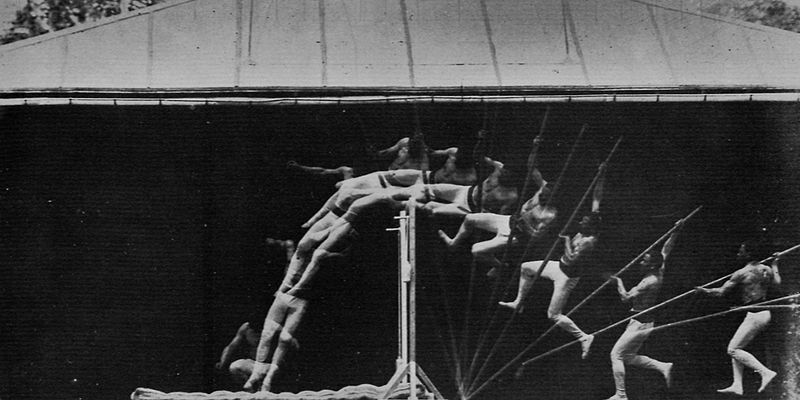/
Audiovisual Languages I is a subject belonging to the Composition and Languages department, it is compulsory and common to all itineraries.
You may be wondering now; why on earth am I here if I want to be a fashion designer or a graphic designer or a product designer or an interior designer?
Yes, we know, although the title seems to naturally belong to the audiovisual discipline, and it may not initially appeal to you at all, the truth is that in the end, when it comes to design, no matter if we talk about graphic, audiovisual, space or fashion design or even a mixture of some of them, there is no doubt that images, whether static or moving, are present in our day to day tasks. And they are not only as a result or a presentation, images are inherent to any creative process; from the incipient phases of an artistic research to the final productions of a design project. The aesthetics of a project are the result of dealing with specific goals, concepts, materials, tools and processes, embracing, proposing and conducting visual languages; in short, new approaches to seeing and producing the world.
This particular subject aims to raise awareness for visual language, or we should rather say, for audiovisual languages. In this sense, the reading, analysis and interpretation of images through the works of different visual creators will be useful to discover their particular perspectives, delving into their techniques, devices and materials. And obviously, by looking deeper into the inherent discourses of their works and the debates that they stir up.
Thus, the fundamental objectives for this semester include, on the one hand, sharing the specific and necessary codes to decipher audiovisual language with a critical sense, trying to trace the evolution of audiovisual media within design and contemporary art through different variants or typologies (photography, film, video art and installation), and then, on the other hand, promote research and experimentation to enhance the students’ practice.
This space should be considered a laboratory, a collaborative work place offering both a theoretical and practical approach. Each student should research and experiment to enrich their voice and contribute with the rest of the class by sharing their findings, processes and materials. We promote an attentive look capable of discerning the keys to audiovisual language; the lights and the shadows, the obvious and the subtle, the visible and the invisible, the rational assumptions and the sensitive discharges. To put it in a nutshell, we are going to focus on the mysteries of perception, a territory surrounded by art, philosophy, neuroscience, psychoanalysis and many more disciplines, an indeterminate place that will help us boost, improve and expand our creativity.
Let’s try to see what the images communicate by looking carefully at what their narratives suggest or hide.
Let’s produce images to understand how they come to life and let’s find new ways to create images, let’s hack processes in order to be surprised by what they trigger.
Let’s create new narratives trough images.
We identify three chapters that are accompanied and closely related to the three main projects. The contents are deployed in two ways, on the one hand, there are masterclasses to introduce each section, providing the experiences of unique creatives and, on the other hand, there are several in-class short activities, especially in the first half of the semester to help the students break the ice and become aware, in a practical way, of the theory previously exposed.
The first part explores language, rhetoric and visual metaphors. It involves active research to train an analytical eye and create a critical sense.
The second part is based on experimentation with both materials and processes.
The third and final part invites the students to explore the codes and possibilities of narrating in a space-time framework.
Main projects or challenges:
01. The correct completion and presentation of all projects will account for 80% of the final grade.
02. In class active participation and cooperative attitude will account for the remaining 20%.
Thus, the final qualification criteria will be the following:
20% Challenge 01_Enlightening links
30% Challenge 02_Unknown artist
30% Challenge 03_Tracing an exhibition
20% In-class activities
Typologies:
Daston, L. and Galison, P. (2010) Objectivity. 1. paperback ed. New York: Zone Books.
Bajac, Q. (2010) La subversión de las imágenes : surrealismo, fotografía, cine. Madrid: TF.
Benjamin, W. (2011). Breve historia de la fotografía, Madrid: Casimiro.
Berger, J. & Christie, J., (2000). Te mando este rojo cadmio… Cartas entre John Berger y John Christie. Barcelona: Actar.
Brodsky, M. (2009). Correspondencias Visuales. Buenos Aires: La Marca Editora.
Fontcuberta, J. (2011) El beso de Judas : fotografía y verdad. Barcelona: Gustavo Gili.
Kepes, G. (1995) Language of vision. New York: Dover.
Krauss, R. (2002). Lo fotográfico. Por una teoría de los desplazamientos. Barcelona: G. Gili.
Moholy Naghy, L. ( 2005). Pintura, fotografía y cine, Barcelona: Gustavo Gili.

Muestra buena comprensión e interpretación de los valores simbólicos y culturales que contextualizan las diferentes representaciones visuales.
Comprende el papel fundamental de las diferentes variantes de la imagen (fotografía, vídeo e instalación).
Muestra conocimientos básicos y habilidades técnicas y expresivas en la realización con la fotográfica, el video y la instalación.
Aplica sus conocimientos, la comprensión y sus capacidades de resolución de problemas en el ámbito profesional del diseño de forma creativa e innovadora.
Realiza procesos de evaluación sobre la práctica y de otras maneras de forma crítica y responsable.
Utiliza el lenguaje audiovisual y sus diferentes recursos para expresar y presentar contenidos vinculados al conocimiento específico de su ámbito.